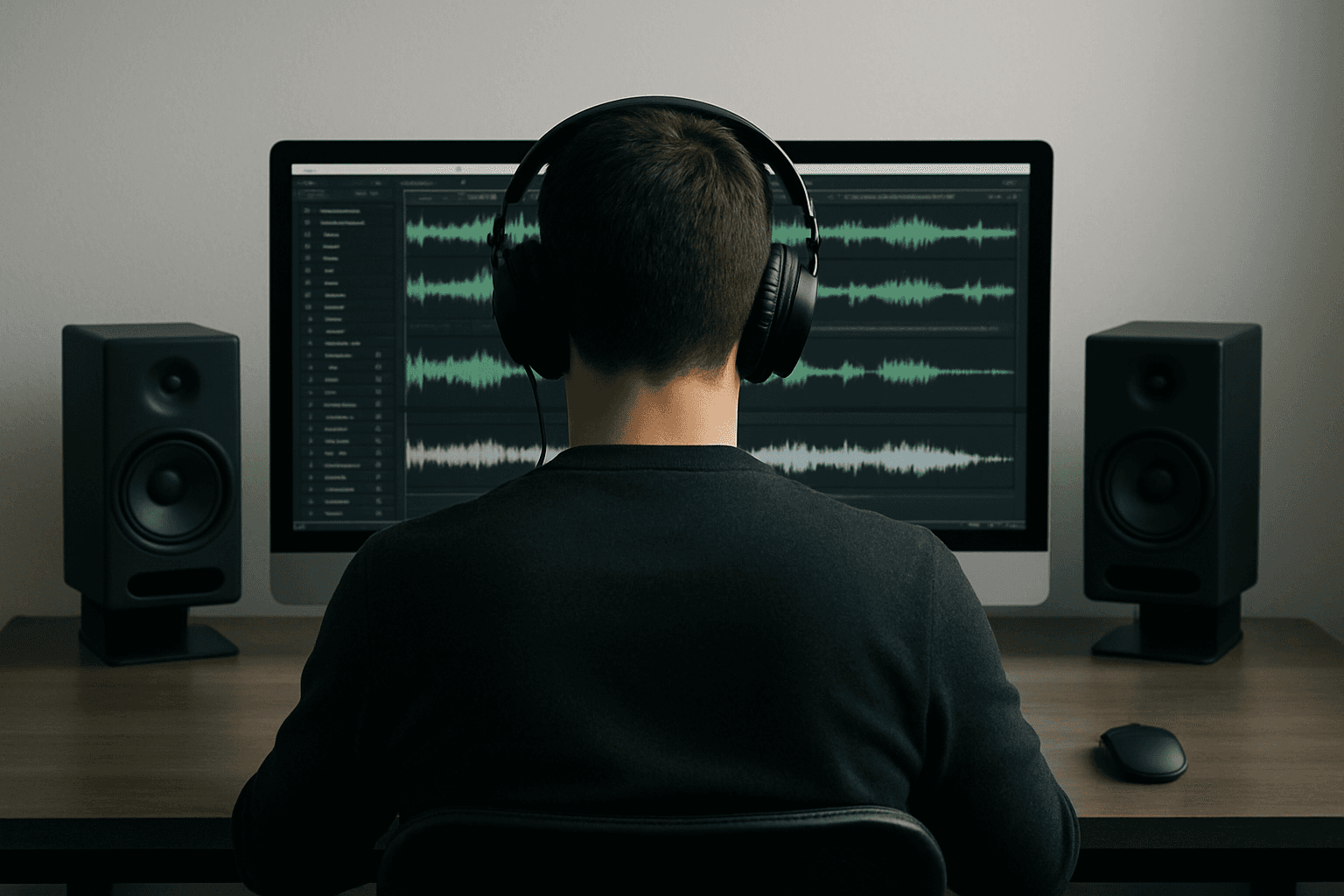The Sound of Healing: AI Audio Enhancement Critical Factor in Telemedicine
Summary
Poor audio quality represents the most critical barrier to telemedicine adoption, with research showing that 30% of healthcare providers identify audio issues as significant technical challenges, while 49% struggle with system design problems including patient connection failures. These communication barriers directly impact diagnostic accuracy, increase provider burnout, and create operational inefficiencies that cost healthcare organizations time and money. AI-powered audio enhancement solutions like Revoize are emerging to address these systemic problems by eliminating background noise, restoring speech clarity, and operating seamlessly within existing telehealth workflows. As healthcare systems invest billions in digital infrastructure, prioritizing audio quality through advanced AI technology has become essential for delivering effective virtual care, improving patient outcomes, and achieving sustainable telemedicine success in an increasingly competitive healthcare market.

How Poor Audio Quality Undermines Telemedicine Success and Patient Care Outcomes
Why Audio Quality Problems Are Destroying Healthcare Provider Efficiency
Recent studies published in BMC Medical Informatics and Decision Making demonstrate quantifiable effects of audio quality degradation on healthcare delivery. The research reveals substantial provider frustration with existing telehealth infrastructure, with 30% of surveyed healthcare professionals identifying poor audio or video quality as a significant technical barrier.
More concerning, 49% of providers reported challenges with system design inefficiencies, including patients' inability to establish proper audio connections. This indicates systemic platform failures that prevent effective communication before consultations begin.
The clinical consequences extend beyond provider inconvenience. Poor audio quality forces repetitive questioning, leads to incomplete patient histories, and compromises the fundamental doctor-patient relationship. For vulnerable populations—including elderly patients, those with hearing impairments, and individuals with limited digital literacy—clear audio connections represent a prerequisite for accessing care.
How Poor Telemedicine Audio Quality Increases Healthcare Costs and Provider Burnout
Technical audio barriers translate directly into operational costs through lost time and increased provider stress. Healthcare professionals spend valuable consultation time troubleshooting microphones, deciphering unclear speech, and requesting patient repetition—time that could be allocated to clinical care.
These inefficiencies contribute to professional burnout by adding preventable technological frustration to already demanding roles. The cumulative effect reduces provider productivity and threatens the sustainability of virtual care models.
Audio-only telephonic visits, designed to bridge digital access gaps, prove particularly susceptible to quality issues including background noise, weak cellular signals, and poor line quality. This creates a paradox where tools intended to improve healthcare access may fail the patients who need them most.
AI-Powered Audio Enhancement Solutions Transform Healthcare Communication
Advanced AI-driven audio enhancement platforms are emerging to address these systemic challenges. At Revoize, we have developed real-time audio processing solutions that integrate directly into virtual care workflows.
Our platform employs sophisticated algorithms to eliminate background noise, restore speech clarity, and operate seamlessly without requiring user intervention. The technology transforms poor-quality audio into clear communication without disrupting clinical workflows.
For healthcare organizations, such solutions offer a targeted approach to addressing the technical barriers that affect 30% to 49% of providers, potentially transforming a primary source of operational friction into reliable infrastructure.
Best Practices for Healthcare Organizations to Improve Telemedicine Audio Quality
Healthcare executives face mounting pressure to prioritize audio quality within their technology strategies. Industry analysts suggest organizations must evaluate telehealth vendors based on their ability to deliver consistently clear audio transmission.
Rather than replacing entire systems, healthcare providers are increasingly considering specialized audio enhancement solutions as a more agile approach to upgrading existing infrastructure. This strategy offers immediate impact on provider satisfaction and patient experience metrics.
Organizations implementing high-fidelity audio solutions can track return on investment through improved provider satisfaction scores, reduced consultation times, and enhanced patient-reported experience metrics. The commitment to superior audio quality may also serve as a competitive differentiator in attracting both patients and clinical talent.
The Future of Telemedicine: Why Audio Quality Investment Drives Market Success
The telehealth sector's continued expansion depends heavily on resolving fundamental communication barriers. Healthcare organizations that prioritize audio quality infrastructure will be better positioned to deliver effective virtual care and achieve sustainable growth.
Industry data suggests that superior audio quality represents both a clinical necessity and strategic imperative. As AI-powered enhancement solutions mature, healthcare systems have access to practical tools for addressing longstanding technical challenges.
The evolution of telemedicine success increasingly depends on clear, uninterrupted communication—a factor that technology can now reliably deliver. Organizations that recognize and address this fundamental requirement will be best positioned to capitalize on the sector's continued growth.
At Revoize, we continue to develop advanced audio enhancement solutions that help healthcare organizations overcome these critical barriers and deliver superior virtual care experiences.










